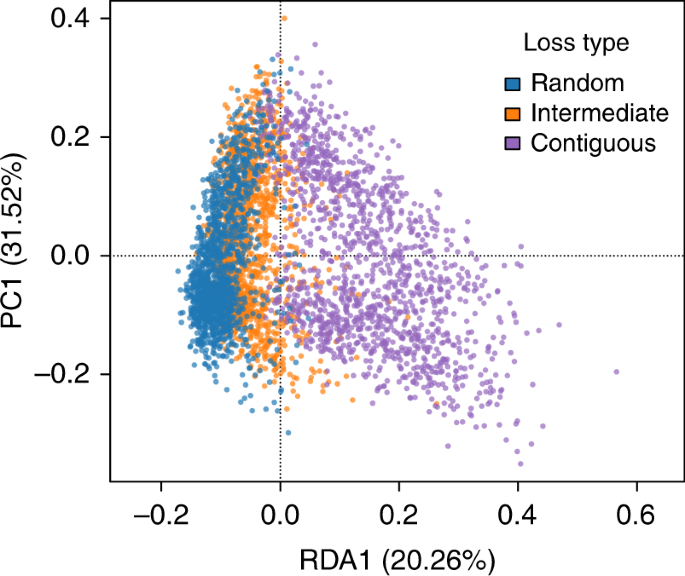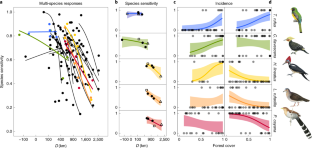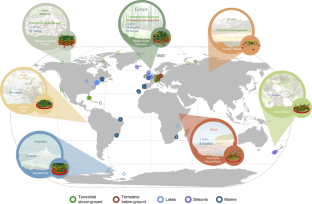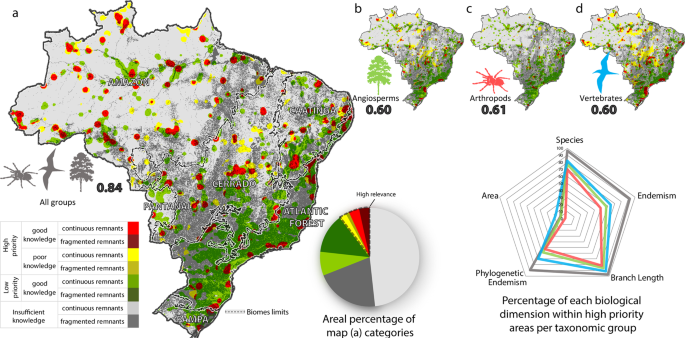
Abstract: "Researchers have produced the first ever data-based distribution map of Asian elephants for Sri Lanka. This is also the first evidence-based distribution map of Asian elephants for any of the 13 range countries, the researchers say. The study found that elephants currently occur in 60 percent of Sri Lanka, a figure that’s higher than previous estimates based on expert opinions, and also higher than that for any other range state. The majority of the elephants occur outside protected areas, sharing space with humans, the study found. So trying to confine the animals to the limits of protected areas is not a sound conservation strategy, the researchers say. Instead, they recommend a “human–elephant coexistence model,” one that aims to reduce conflict by protecting villages and cultivations with barriers."









